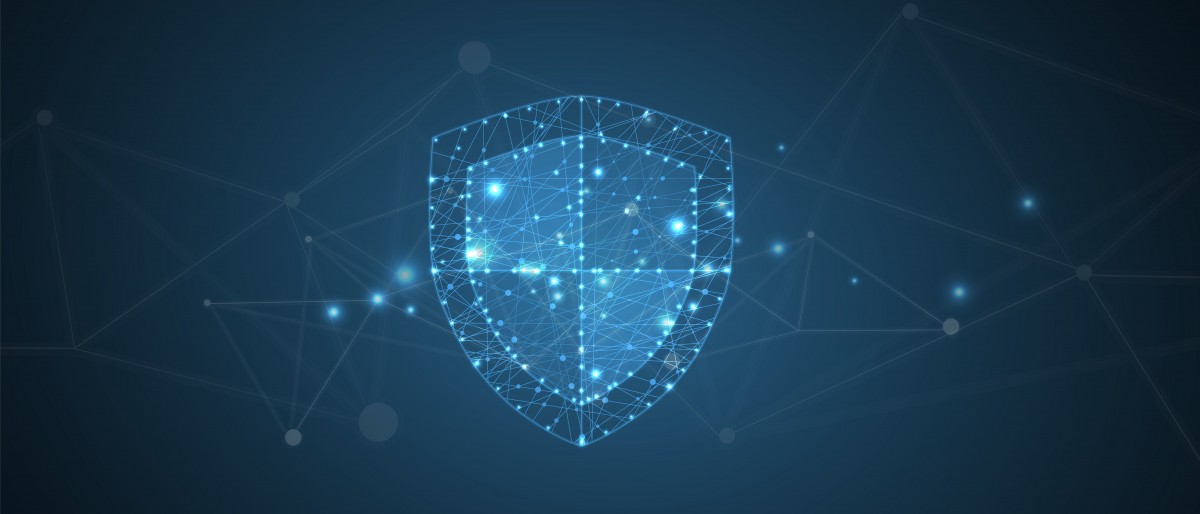FireEye has introduced two new FireEye® Mandiant® services. Cloud Security Assessments help organizations evaluate and harden security in cloud platforms, and Cyber Defense Operations consulting services help organizations achieve security transformation by improving the detection and response capabilities of their security operations center (SOC).
“For more than 15 years, FireEye Mandiant has been at the forefront of cyber security and cyber threat intelligence. We have a deep understanding of evolving attacker behaviors and motivations derived direct from the frontlines that extends across the cloud and on-premises environments. Our Cloud Security Assessments and Cyber Defense Operations consulting services are two new offerings to help clients protect their key assets before, during and after an incident,” said Jurgen Kutscher, EVP of Service Delivery at FireEye.
Address Common Cloud-Specific Issues with Cloud Security Assessments
Almost all major organizations are using or planning to use cloud environments for a variety of reasons, including cost and operational efficiencies. However, cloud security implementation requires a completely different approach and specialized skills compared to on-premises. Without the proper knowledge and contextual understanding of cloud security, the benefits associated with the cloud can quickly become diluted as organizations inadvertently expose themselves to greater levels of risk.
Cloud Security Assessments are based on the latest ways that attackers bypass cloud security measures, as observed on the frontlines by FireEye Mandiant experts. Available on the most popular cloud-based platforms including Microsoft Office 365, Microsoft Azure, Amazon Web Services (AWS), and Google Cloud, these assessments address common misconfigurations and issues with how organizations utilize and integrate the cloud into their existing IT and security programs. Through tactical coaching and comprehensive recommendations, organizations achieve increased risk visibility and enhanced functional capabilities.
“Given the critical nature of Office 365 to our company and the type of data stored there, it's important for us to validate the security of the service. The FireEye Mandiant Cloud Security Assessment helped us understand the risks, while identifying areas for improvement and actionable recommendations. We were able to greatly improve our organization’s secure use of Office 365 with the guidance from Mandiant,” said the CSO of a global enterprise technology company.
Cloud Security Assessments can be customized to suit organizational budgets and security program objectives. For more information about Cloud Security Assessments for Office 365, Azure, AWS, and Google Cloud, please visit https://www.fireeye.com/services/cloud-assessments.html
Accelerate Security Transformation with Cyber Defense Operations
It’s one thing to develop playbooks and define best practices, and it’s quite another to effectively implement those detection and response processes into how a SOC operates. With Cyber Defense Operations, FireEye Mandiant experts help to accelerate an organization’s security transformation initiatives by providing hands-on keyboard support for critical SOC roles. First, consultants conduct an initial evaluation that helps to define the transformation goals and objectives that will best mature the organization’s capabilities. Examples of these objectives include building out threat hunting programs and security metrics programs. Dedicated Mandiant personnel will then offer technical event triage, analysis, and investigation support, operating within the client’s environment. Through this process, areas for maturation are identified and pursued, helping to identify and resolve visibility gaps and procedural issues. Throughout, knowledge transfer is continually conducted with the organization’s existing detection and response team to help ensure changes are effectively operationalized.





